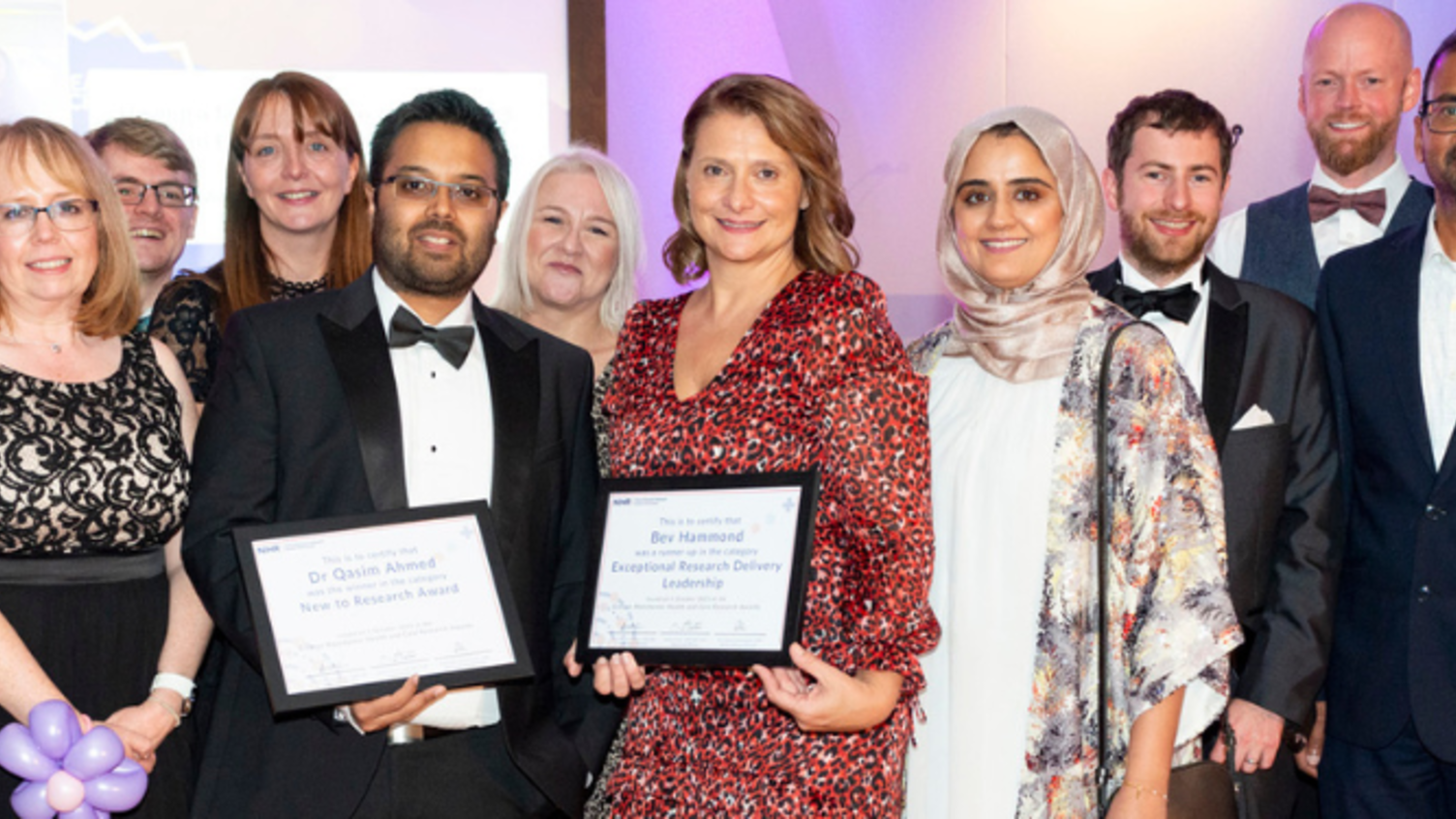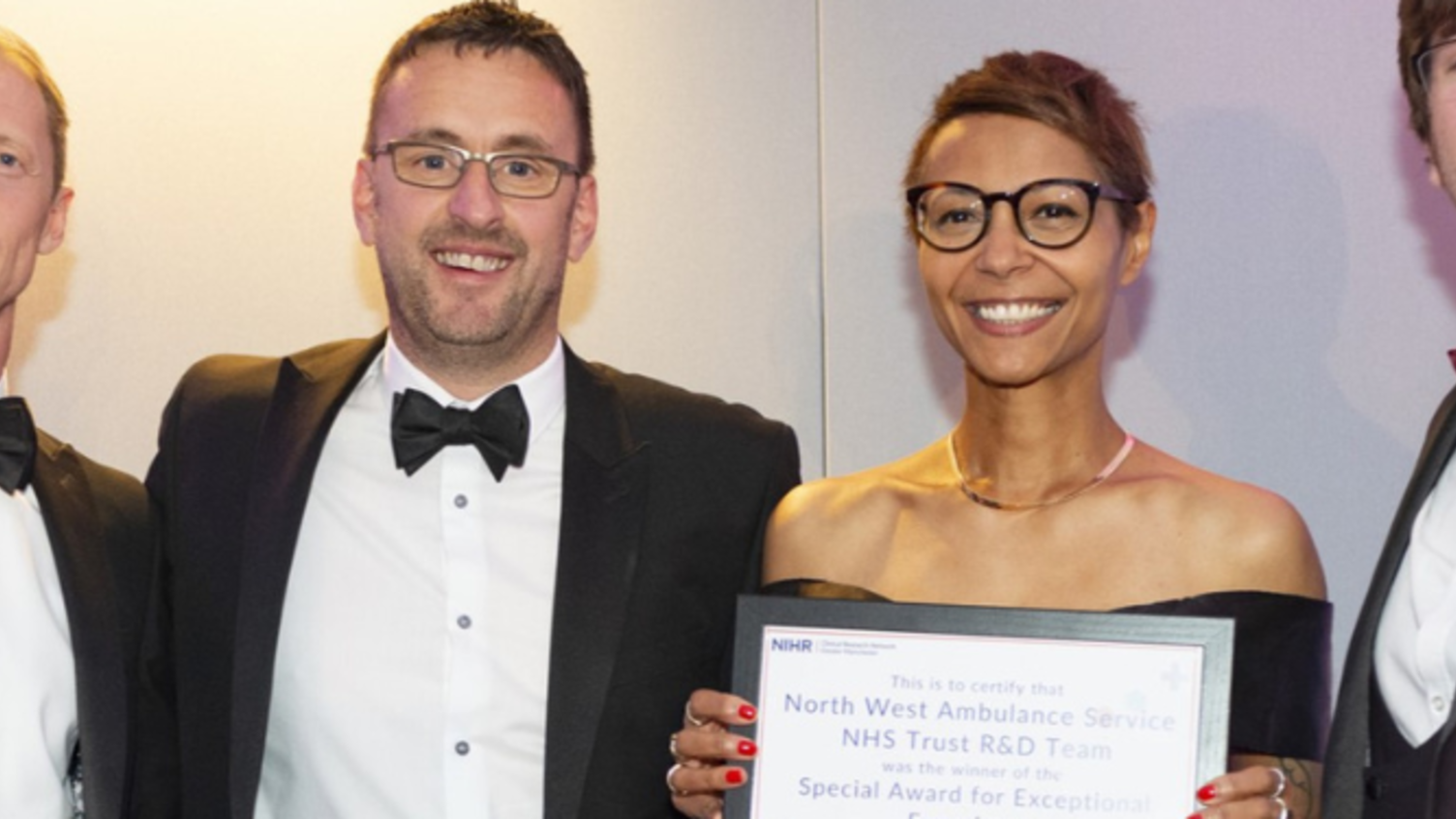Why we need to do more to make diabetes research truly inclusive
- 14 November 2022
- 3 min read
CRN South London Study Support Service Specialist Christopher Ward describes a light-bulb moment, when he realised the importance of inclusive research.
In 2014, my younger brother died of diabetes. He was 31. Over a hundred years before that, another relative of mine, a child, was killed by the same disease. One day at school he became so thirsty he drank a bottle of ink, poisoning himself.
Two deaths, but very different ones. Diabetes is how I explain to myself why research and inclusivity in research are crucial.
An ancient disease
We know that diabetes has been around for at least three and a half thousand years, and contributions to our understanding of it have come from all over the world.
'Diabetes' derives from the Ancient Greek word that means 'to pass or run through', referring to a disease which drains patients of more fluid than they can consume.
The earliest known description of diabetes comes from an Egyptian papyrus dated 1550 BC. Ingredients for the recommended treatment included water from a bird pond, fresh milk, large quantities of beer, cucumber flowers, and green dates.
Between the 5th and 6th century BC, Ayurvedic texts are the first to describe sugar in the urine, the first to characterise the two types of diabetes, and the first to offer dietary treatment for the condition.
Around the 11th century, European doctors started examining urine to diagnose the disease, examining the colour, sediment, odour and taste. They weren't the first to notice its sweet taste, to which it owes its second name, 'mellitus', meaning 'honey' in Latin.
Pieces fall into place
Up until 1920, the most promising treatments were dietary, but the diets were pretty brutal, with many dying of starvation. The importance of diet was recognised in India over 2,000 years earlier, and dietary interventions are still crucial in managing and preventing diabetes today.
In 1869, insulin was discovered, but it wasn't until 1920 that its role in diabetes was understood.
The pieces were all in place now for what would revolutionise the treatment of diabetes, but they haven't been assembled yet.
In the early 1900s, if a child of 10 was diagnosed with diabetes, they'd be lucky to see their twelfth birthday. When animal insulin was introduced in the 1920s, the same child would probably have lived to about 25. By the end of the 1930s, they could expect to see their mid-1950s*.
In around 30 years, diabetes had become a condition which needed to be taken seriously but which was no longer a death sentence.
That's why the two cases I described earlier are so different. The child who drank ink because he was so thirsty didn't stand a chance. The advances in medicine since then, which have come about through research, mean that my brother's death was unfortunate rather than inevitable. One hundred years before that, he'd have died 20 years earlier – and that's 20 years I'm really grateful for.
Why we need to do more
While treatments are getting better for diabetes all the time, it's still a very serious condition. Changes in lifestyle mean it is touching more and more lives, which is especially true in countries with a lower income.
It is estimated that 415 million people are living with diabetes in the world. According to Diabetes UK, the figure is expected to rise to 642 million people by 2040.
Worldwide, there was a 3% increase in mortality rates from diabetes between 2000 and 2019. In lower-middle-income countries, the mortality rate increased by 13%.
Why research needs to reach everyone
My lightbulb moment came when I was helping out with the SOUL-D project. That's when I realised that if you recruit the right mix of participants, you can improve or even save lives all around the world.
The SOUth London Diabetes (SOUL-D) Study looked at the association between depression and diabetes outcomes in people with newly diagnosed type 2 diabetes. I was pretty new to research when I first got involved with this study, and I'm really proud to have worked on it and the numerous studies which grew out of it.
The study recruited 1,805 adults from 96 GP practices in Lambeth, Southwark, and Lewisham. The research team was really passionate and proactive about recruiting a diverse mix of participants. Half the participants were non-White, and nearly 40% were of Black African or Caribbean family background.
In the case of diabetes, the people who are probably getting left behind are the ones who need the most help, and that's not good enough.
* Data from an analysis by the Metropolitan Life Insurance Company of diabetic patients attending the George Baker Clinic in Boston.


